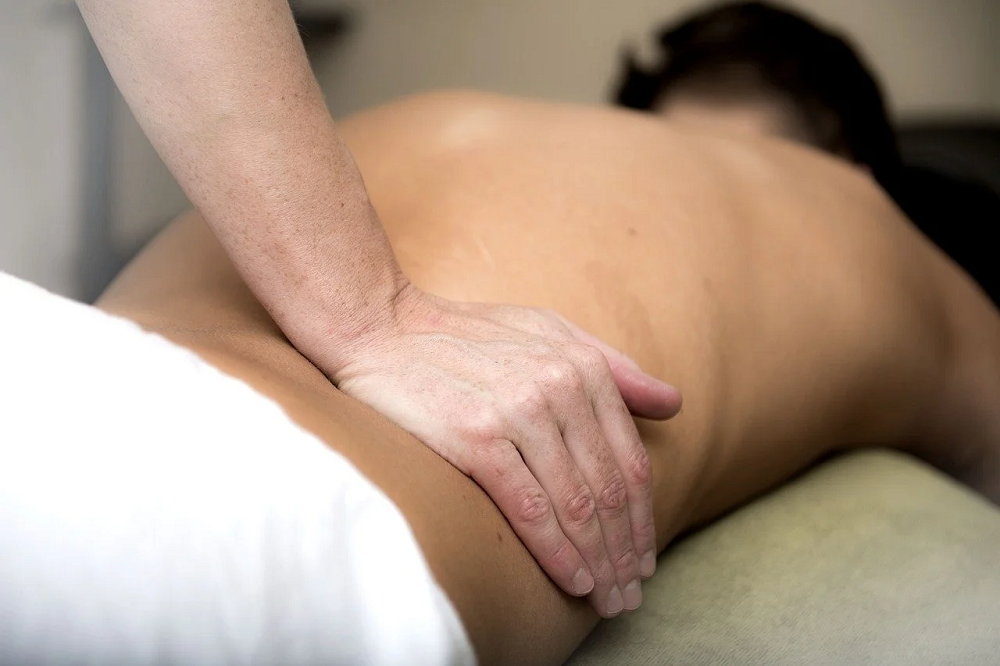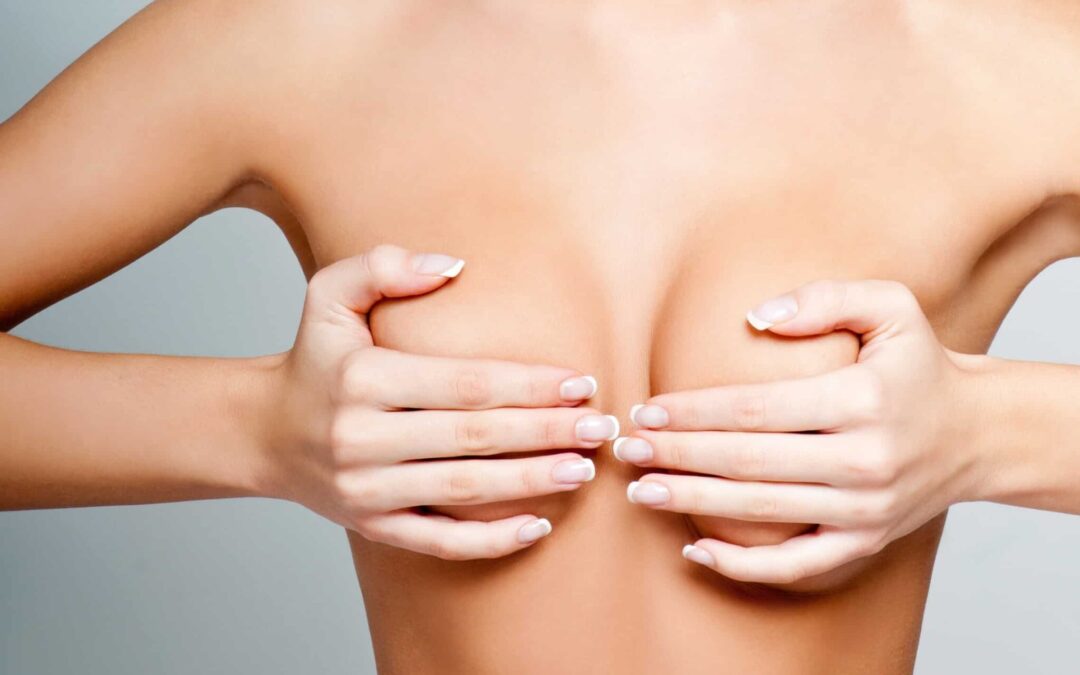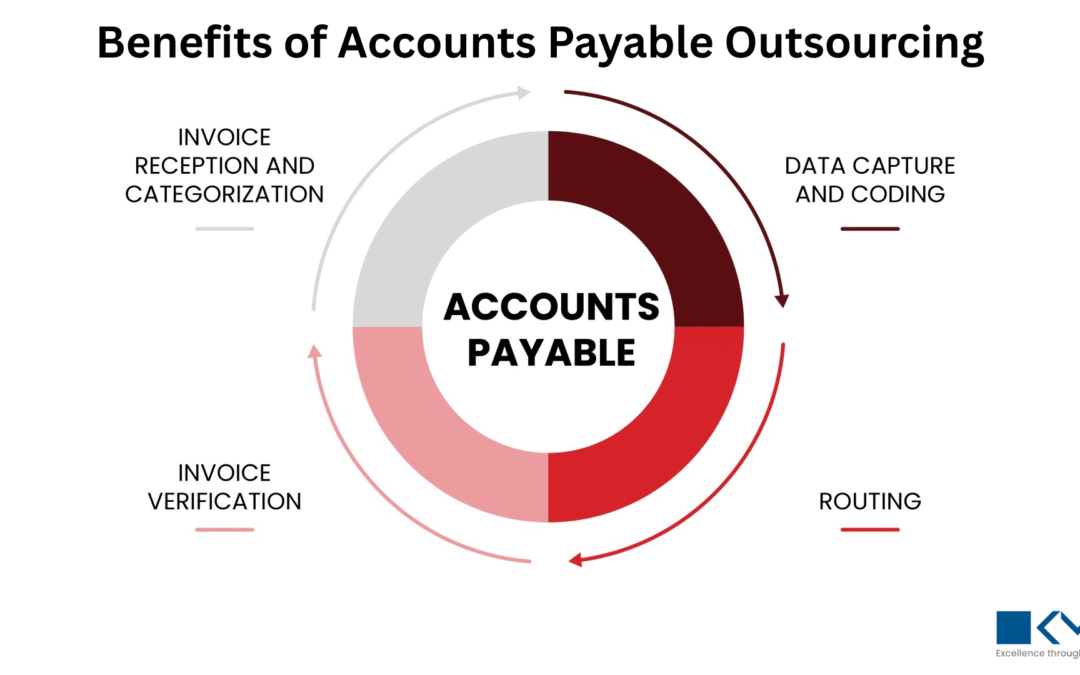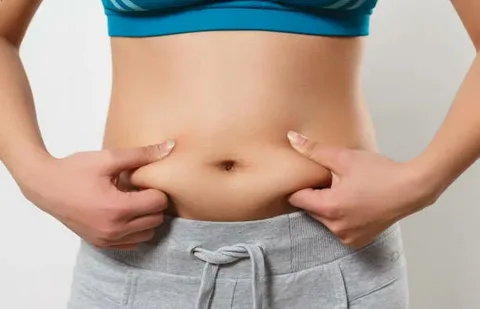In today’s fast-paced world, maintaining physical and mental well-being is more important than ever. One effective way to promote relaxation, reduce stress, and improve overall health is through massage drainage techniques. Massage Drainage at Home in Abu Dhabi offers a convenient and accessible way for individuals to experience the benefits of professional massage therapy without leaving their homes. This guide explores the various techniques used, the benefits of massage drainage, and tips on how to perform it effectively at home, ensuring a rejuvenating experience tailored to your needs.
What Is Massage Drainage?
Understanding the Concept
Massage drainage, also known as lymphatic drainage massage, is a specialized technique designed to stimulate the lymphatic system. The lymphatic system plays a crucial role in detoxification, immune function, and fluid balance. By promoting lymph flow, massage drainage helps eliminate toxins, reduce swelling, and enhance overall vitality. It involves gentle, rhythmic movements that follow the natural pathways of lymph vessels, aiming to encourage the body’s natural detox processes.
Benefits of Massage Drainage
Engaging in regular massage drainage sessions, especially at home, can lead to numerous health benefits. These include improved circulation, reduced water retention, relief from muscle tension, and enhanced immune response. Additionally, the soothing nature of these massages promotes mental relaxation, making it an ideal self-care practice for busy individuals in Abu Dhabi seeking stress relief and wellness.
Techniques Used in Massage Drainage at Home
Light, Rhythmic Strokes
The cornerstone of massage drainage techniques involves gentle, rhythmic strokes that follow the lymphatic pathways. These strokes are designed to mimic the natural flow of lymph fluid, encouraging it to move efficiently through lymph nodes and vessels. The movements should be light yet deliberate, avoiding any excessive pressure that could impede lymph flow.
Circular Movements
Circular motions are often employed around lymph nodes and key areas such as the neck, armpits, groin, and abdomen. These movements help stimulate lymphatic flow and facilitate the removal of toxins. When performed at home, using soft, circular hand movements ensures comfort and effectiveness.
Pumping Techniques
Pumping involves gently pressing and releasing the skin in a rhythmic manner to promote lymph movement. This technique is particularly useful in areas prone to swelling or fluid retention. It can be done using fingertips or palms, applying light pressure to encourage lymph drainage without causing discomfort.
Use of Specialized Tools
Some individuals incorporate tools like lymphatic drainage rollers or massage brushes to enhance the effectiveness of at-home massage drainage. These tools help target specific areas more precisely and can provide a more consistent massage experience.
Techniques for Different Body Areas
Each body area requires specific techniques to optimize lymphatic flow:
- Face and Neck: Gentle, upward strokes to promote facial detoxification and reduce puffiness.
- Arms and Hands: Light kneading and pumping motions to encourage lymph movement from extremities.
- Legs and Feet: Rhythmic strokes and circular motions to reduce swelling and improve circulation.
- Abdomen: Circular and kneading techniques to aid digestion and detoxification.
Preparing for Massage Drainage at Home
Creating a Relaxing Environment
A calming environment enhances the effectiveness of massage drainage. Dim lighting, soothing music, and a comfortable setting help relax the mind and body, allowing the massage to be more effective.
Using Suitable Products
Applying natural oils or lotions facilitates smooth hand movements and prevents skin irritation. Choose products with calming scents like lavender or chamomile to enhance relaxation.
Proper Technique and Pressure
Applying the right amount of pressure is vital. It should be gentle but firm enough to stimulate lymph flow. Practicing slow, deliberate movements ensures the massage is both safe and effective.
Step-by-Step Guide for Performing Massage Drainage at Home
- Start with Deep Breathing: Begin by taking slow, deep breaths to relax your body.
- Warm Up the Area: Use gentle strokes to warm the skin and prepare the lymphatic pathways.
- Perform Circular Movements: Focus on key lymph nodes, using circular motions around the neck, armpits, and groin.
- Use Pumping Techniques: Lightly press and release areas prone to swelling.
- Follow Body-Specific Techniques: Tailor your strokes for each body part, ensuring gentle, consistent pressure.
- Finish with Relaxation: End with gentle strokes across the entire body to promote relaxation and lymph flow.
Tips for Effective Massage Drainage at Home
Consistency Is Key
Regular sessions, ideally a few times a week, yield the best results. Establishing a routine helps your body adapt and continually benefit from lymphatic stimulation.
Stay Hydrated
Drinking plenty of water before and after the massage helps flush toxins and supports lymphatic function.
Listen to Your Body
Pay attention to how your body responds. Adjust pressure and techniques accordingly to avoid discomfort.
Seek Guidance if Needed
While self-massage is beneficial, consulting tutorials or professional advice can improve technique and outcomes.
Conclusion
Performing Massage Drainage at Home is a practical and effective way to boost your health and wellness routine. By understanding the techniques involved and creating a relaxing environment, you can enjoy the numerous benefits of lymphatic massage, including detoxification, improved circulation, and relaxation. Incorporating this practice into your regular self-care regimen can lead to a healthier, more balanced lifestyle.
Frequently Asked Questions (FAQs)
1. How often should I perform massage drainage at home?
For optimal results, it’s recommended to perform massage drainage 2-3 times a week, allowing your body to benefit from consistent lymphatic stimulation without overdoing it.
2. Can I perform massage drainage on myself without professional training?
Yes, with proper guidance and gentle techniques, self-massage can be effective. Watching tutorials or consulting a professional initially can help you learn correct methods.
3. Are there specific oils or products recommended for at-home massage drainage?
Natural oils such as coconut, almond, or lavender-infused lotions are ideal. They facilitate smooth movements and add a calming aroma to enhance relaxation.
4. What precautions should I take while performing massage drainage at home?
Ensure your hands are clean, use gentle pressure, and avoid areas with skin infections, wounds, or inflammation. If you experience discomfort or health issues, consult a healthcare professional.







0 Comments